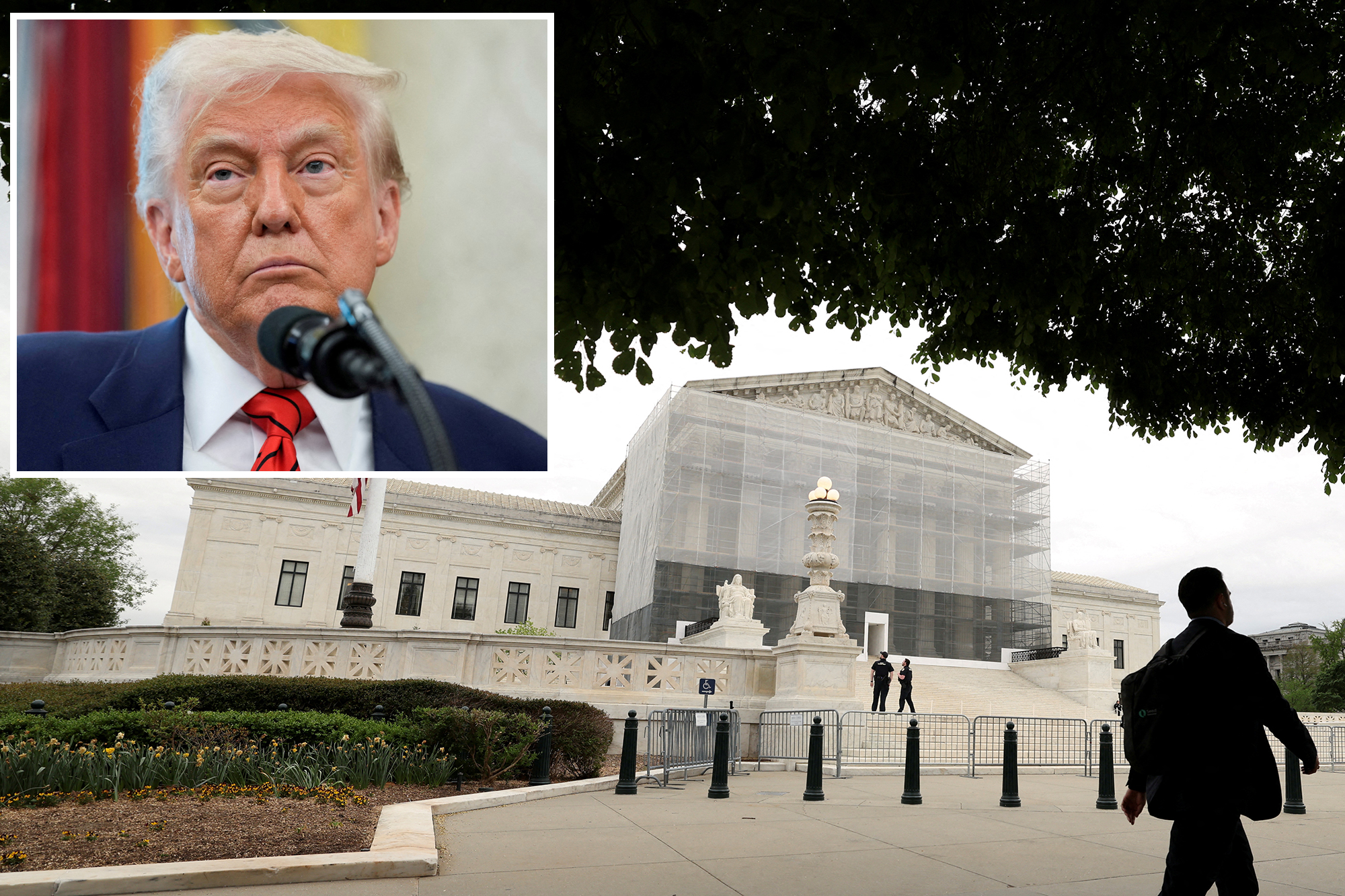Supreme Court Allows Trump’s Federal Workforce Reductions to Proceed
The U.S. Supreme Court has ruled in favor of President Donald Trump’s efforts to reduce the size of the federal government through large-scale layoffs and reorganizations. The decision, issued as an unsigned order, allows the administration to move forward with implementing the president’s February 13 executive order that called for significant reductions in force across various federal agencies.
This ruling marks another legal victory for the Trump administration, particularly in its ongoing efforts to reshape the federal workforce. The court’s decision effectively overturns a previous ruling by Northern California District Judge Susan Illston, who had paused the administration’s plans for layoffs and program closures on May 9. The Supreme Court’s order emphasized that it did not take a position on the legality of specific agency reorganization plans, but rather focused on the broader question of whether the executive order itself was lawful.
Key Points from the Supreme Court Ruling
- The court stated that the government is likely to succeed in its argument that the executive order and related memorandums are lawful.
- It noted that the other factors affecting the decision to grant a stay were satisfied.
- The justices pointed out that Judge Illston’s decision was based on her personal view of the order’s legality, not on an evaluation of the specific plans themselves.
- The court made it clear that the actual reorganization plans were not before them at this stage.
Dissent and Concerns Over Executive Power
Justice Ketanji Brown Jackson, in her dissenting opinion, expressed concern over the potential consequences of the ruling. She argued that the executive action could lead to widespread job losses, the cancellation of critical federal programs, and a fundamental restructuring of the government. Jackson emphasized that Congress holds the constitutional authority to establish and define the functions of federal agencies, suggesting that Trump should have sought congressional approval before proceeding with such changes.
Sotomayor’s Concurrence
Justice Sonia Sotomayor, while agreeing with Jackson that the president cannot restructure federal agencies in a way that violates congressional mandates, acknowledged that it is too early to determine whether the administration’s plans would be unlawful. She concurred with the majority’s decision to grant the stay, noting that the district court should have the opportunity to evaluate the legality of the specific plans.
Impact on Federal Agencies
The Trump administration’s efforts to shrink the federal workforce have been managed by the Department of Government Efficiency (DOGE), which was previously led by billionaire Elon Musk. This initiative has faced strong opposition from labor unions and nonprofit organizations, which have filed lawsuits to prevent the mass layoffs from taking place.
The proposed cuts would affect federal workers in several key departments, including Agriculture, Energy, Labor, the Interior, State, the Treasury, and Veterans Affairs. Additional agencies impacted include the National Science Foundation, Small Business Association, Social Security Administration, and Environmental Protection Agency.
Reactions to the Ruling
Attorney General Pam Bondi responded to the Supreme Court’s decision by highlighting it as a win for the Trump administration. She praised the ruling as a step toward making federal agencies more efficient and noted that it allowed the administration to proceed with its plans without interference from lower courts.
The decision underscores the ongoing debate over the balance of power between the executive branch and Congress, as well as the role of the judiciary in overseeing executive actions. As the legal battle continues, the implications of this ruling will likely shape future discussions about the limits of presidential authority in managing the federal government.







